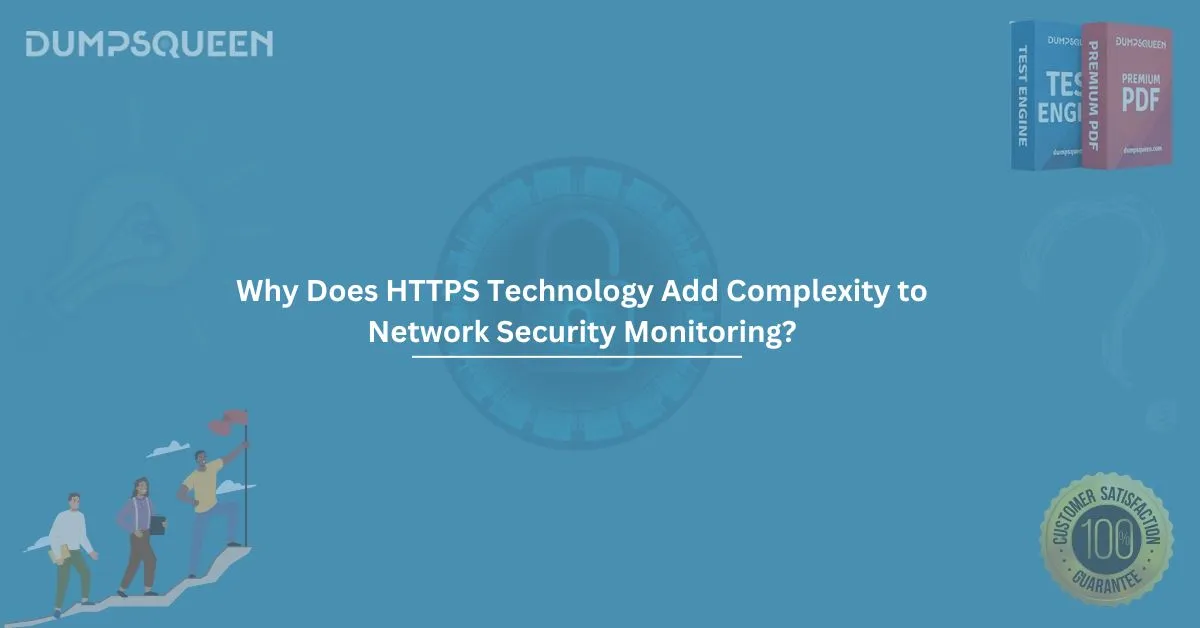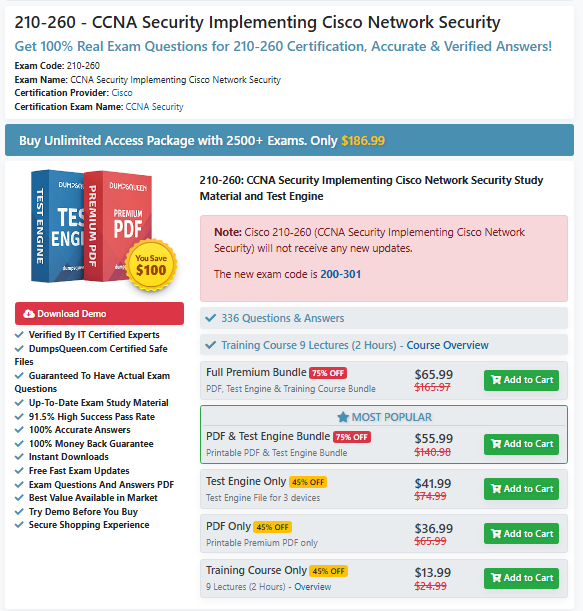In today’s internet-driven world, ensuring secure communication is critical. HTTPS (Hypertext Transfer Protocol Secure) has become a standard for protecting user data by encrypting the communication between clients (like browsers) and servers. However, while HTTPS strengthens data privacy and integrity, it also introduces new challenges for network security teams. So, why does HTTPS technology add complexity to network security monitoring?
This article explores the in-depth reasons behind the complexity, the balance between security and visibility, and how organizations can overcome these hurdles.
Understanding HTTPS Technology
HTTPS is a secure version of HTTP. It uses SSL/TLS (Secure Sockets Layer / Transport Layer Security) protocols to encrypt the data transmitted over the network. When a user visits an HTTPS-secured website, a secure connection is established through a process called the TLS handshake, which involves authentication, key exchange, and encryption.
This ensures:
- Data confidentiality – Unauthorized users cannot read the information.
- Data integrity – Data is not altered in transit.
- Authentication – Confirms the identity of the server to the client.
2. The Growing Prevalence of HTTPS
Due to increasing concerns over user privacy and data breaches, major browsers and platforms (like Google Chrome and Firefox) have been encouraging the use of HTTPS. As a result:
- Over 90% of web traffic is now encrypted.
- Google ranks HTTPS-enabled websites higher in search results.
- Many APIs and web services default to HTTPS for all communication.
Why Does HTTPS Technology Add Complexity to Network Security Monitoring?
While encryption is beneficial for end-user privacy, it complicates security monitoring, especially for network defenders. Let’s dive into why HTTPS makes things difficult:
A. Encrypted Payload Obscures Visibility
Traditional network monitoring tools rely on analyzing packet contents to detect malware, suspicious behavior, or data exfiltration. However, with HTTPS:
- Payloads are encrypted.
- Tools like Intrusion Detection Systems (IDS) and firewalls cannot inspect the contents.
- Deep Packet Inspection (DPI) becomes ineffective.
This blind spot reduces the ability to detect threats such as:
- Malware communicating with Command & Control (C2) servers
- Insider threats exfiltrating sensitive data
- Zero-day exploits hidden within encrypted traffic
B. Certificate Pinning and HSTS Enforcement
Modern applications often implement certificate pinning and HTTP Strict Transport Security (HSTS), which restrict interception methods like SSL inspection or man-in-the-middle (MITM) proxying.
This means:
- Security tools can't easily decrypt and analyze traffic even with a trusted certificate.
- Decryption at the network level becomes more difficult.
C. Performance Overhead with SSL Decryption
To maintain visibility, some organizations use SSL decryption via proxies or firewalls. However:
- It adds computational load.
- It may violate user privacy or compliance standards.
- Some platforms (like banking apps) may block traffic if tampered with.
Hence, while decryption is a workaround, it introduces its own set of issues.
D. Inability to Use Traditional Signature-Based Detection
Security systems like IDS/IPS rely on signatures (patterns of known threats). With HTTPS:
- Signatures can't be matched against encrypted payloads.
- Detection rates drop significantly.
- False positives increase as only metadata is available.
E. Increased Use of Encrypted Malware
Attackers are also leveraging HTTPS:
- Malware now uses HTTPS to avoid detection.
- C2 communication channels are encrypted.
- Traditional tools are unable to detect anomalies without decryption.
Techniques to Address HTTPS Monitoring Challenges
Despite the hurdles, several solutions can help security teams retain some level of visibility.
A. SSL/TLS Interception with Proxies
Using a forward proxy, organizations can intercept, decrypt, inspect, and re-encrypt HTTPS traffic. This provides visibility while maintaining secure transmission.
Challenges:
- Requires deployment of a trusted certificate to all endpoints.
- May impact user privacy or regulatory compliance.
B. Endpoint Monitoring
By shifting monitoring to the endpoints, such as PCs or mobile devices, you can analyze traffic before it gets encrypted (outbound) or after it gets decrypted (inbound).
Benefits:
- Offers granular control and visibility.
- Bypasses the limitations of encrypted transmission.
Drawbacks:
- Requires agent installation.
- May lead to performance overhead.
C. Use of Network Metadata and Behavioral Analysis
Even if payloads are encrypted, metadata (like IP, domain, packet size, timing) is not. Analyzing this data can reveal suspicious behavior.
Examples:
- Unexpected traffic to foreign IPs.
- Unusual data volumes during off-hours.
- Connections to known malicious domains (via threat intelligence).
D. Encrypted Traffic Analysis (ETA)
ETA leverages machine learning and AI to analyze encrypted traffic patterns without decryption. It identifies:
- Protocol anomalies
- Behavioral deviations
- Indicators of compromise (IoCs)
While still evolving, ETA is a promising direction.
5. Balancing Security, Privacy, and Performance
One of the core debates is how much decryption is acceptable without infringing on privacy or performance. The trade-offs include:
|
Aspect |
Pros |
Cons |
|
Decrypt all |
Maximum visibility |
Privacy concerns, performance hit |
|
Selective decrypt |
Targeted visibility |
Requires smart rules, still may miss threats |
|
No decrypt |
Respects privacy, less overhead |
High risk, blind to payload threats |
Organizations must align their HTTPS monitoring strategy with:
- Compliance mandates (e.g., GDPR, HIPAA)
- Internal policies
- User experience goals
6. Best Practices for HTTPS Network Security Monitoring
To stay secure while respecting user privacy, consider the following:
- Establish SSL interception policies with user awareness.
- Use SIEM tools that ingest endpoint, proxy, and metadata logs.
- Integrate threat intelligence feeds to monitor domains and IPs.
- Regularly audit SSL certificates and configurations.
- Deploy behavioral anomaly detection systems.
- Implement DNS-layer filtering for proactive blocking.
- Train your security team on encrypted traffic forensics.
7. Future of HTTPS and Network Security Monitoring
As HTTPS becomes the default, future security strategies must:
- Incorporate AI-driven threat detection.
- Emphasize zero-trust architecture.
- Shift toward endpoint and application-layer security.
Security tools will increasingly need to adapt to encrypted environments, using smarter analytics rather than relying solely on packet contents.
Conclusion
So, to answer the core question — why does HTTPS technology add complexity to network security monitoring?
Because it encrypts content, thus limiting visibility into traffic that may harbor malicious behavior. While this protects users, it also hinders traditional monitoring tools. The balance between privacy and security is delicate, and the solution lies in multi-layered strategies, smarter analytics, and endpoint-centric approaches.
Organizations that can adapt to this encrypted landscape will be better equipped to defend against modern threats.
Sample MCQs with Answers
Q1. What is the primary reason HTTPS complicates network security monitoring?
A. It slows down the internet
B. It changes IP addresses
C. It encrypts traffic content
D. It blocks antivirus software
Answer: C. It encrypts traffic content
Q2. Which of the following techniques helps regain visibility in HTTPS traffic?
A. DHCP Spoofing
B. SSL/TLS Interception
C. Port Scanning
D. MAC Address Filtering
Answer: B. SSL/TLS Interception
Q3. What type of metadata remains visible even when HTTPS is used?
A. Packet payload
B. Header information
C. IP addresses and domains
D. SSL certificate password
Answer: C. IP addresses and domains
Q4. What is the name of the security model that does not trust any device by default?
A. Wide Area Network (WAN)
B. Virtual Private Network (VPN)
C. Zero Trust Architecture
D. Secure Socket Layer
Answer: C. Zero Trust Architecture




